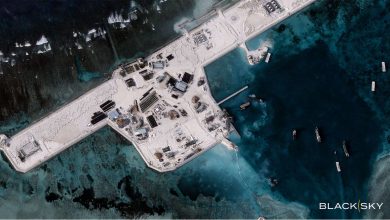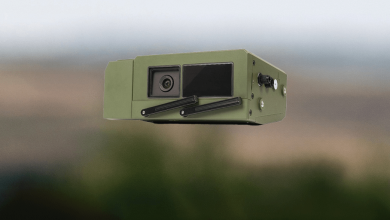
Unlock the Luxury: Explore Rolls-Royce Services Available at Your Fingertips!
In order to assist its Time and Material clientele with accessing various service options, Rolls-Royce has introduced a digital marketplace for Trent and RB211 engines. This system aims to deliver a flexible, purpose-driven service, available worldwide 24/7.
Jason Sutcliffe, Rolls-Royce Marketing Director for the MENA Region stated: “Our innovative online platform is further proof of Rolls-Royce’s dedication to expanding the horizons of what’s achievable for large commercial engine clients. It exemplifies how we incorporate digital solutions to attain unprecedented levels of efficiency, ensuring optimal aircraft availability.”
The initial step to gain entry to this distinctive marketplace is to establish an account by registering through “Yocova,” the designated platform for e-commerce at Rolls-Royce. Following a few straightforward verification processes, Rolls-Royce customers, including airlines and maintenance providers, can then access real-time solutions tailored to their operational requirements.
The online solution offers access to services such as spare parts acquisition, Engine Health Monitoring, Technical Publications, and Technical Solutions, all facilitated by expert teams from Rolls-Royce.
This online initiative originates from Rolls-Royce’s vision to offer the highest standards of engineering for aftermarket support, bolstered by the transformative capabilities of digital technology. This strategy encompasses a comprehensive commitment to automated resources, including diagnostic and maintenance solutions. This ethos permeates every facet of Rolls-Royce’s approach to its Trent and RB211 clientele in the Middle East.







